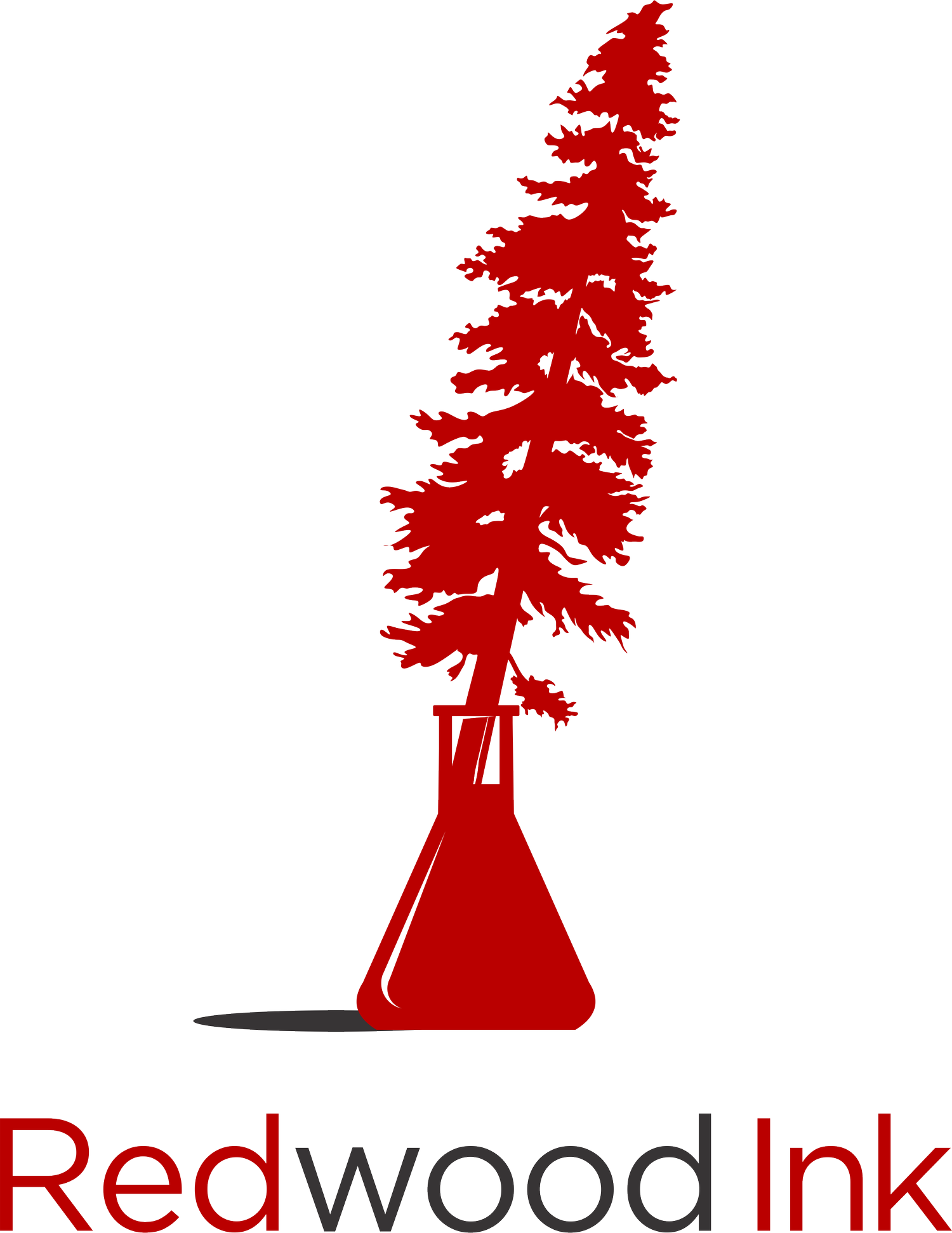How to Write Successfully with Research Colleagues
Writing with your colleagues can be an efficient and valuable process. But it can also be cumbersome and frustrating. As research has become more collaborative, nearly every author faces the challenges of working with others to draft a manuscript, grant, or other writing project.
Whether you’re working with authors across the hall or the globe, you can set your team up for success. With the following guidelines, you can make sure your writing team completes a successful paper collaboratively and efficiently.
Key Elements of a Successful Collaboration
To ensure that your writing project is successful, you need to start with a few key elements.
Feasible Schedule
You need a schedule for drafting and completing your writing project. This schedule must be feasible and agreed-upon by all authors.
Strong Leader
You need a strong leader for the project. This person will take the most and final responsibility for the project. The responsibilities are decided by the research team and may include managing project deadlines, combining drafted sections, proofreading, and submitting the project.
Version Control
An important part of the process is to maintain proper version control. The best way to do this is to make sure your team writes, reviews, and revises the document in series. This means that you send the document to one person, who does their task. Then they send it to the next person, who does their task. Then on to the next person, and so forth. With every pass, copy the team on the email. Every author should know who has the draft and when the next person should expect to receive it.
Working in series will save your team a lot of time and effort. The authors will not make duplicate revisions in the version they are reviewing. The leader will not have to comb through multiple drafts and revisions to combine everyone’s edits into a single draft. The team will not have to delay submitting the project because of the inefficient process of working in parallel.
Efficient Ways to Write Collaboratively
You can work with your collaborators to write up your project in multiple ways. Here are three common processes (and their benefits) for you to consider.
Layering
In this approach, the research team has a meeting to loosely discuss content and overall direction. Then one person writes the entire first draft. This person sends the first draft to the other authors (in series!) to review, edit, and add content.
This process often produces writing that reads more smoothly. With every round of reviews, each writer can edit and weave their ideas into the text, building on their co-authors’ work.
Combining
For this process, the research team also meets to discuss the content and structure of the work, but in more detail. They outline the story, major themes, and sections. They delegate sections to different members of the team, who write their section and return it to the person they chose to lead the writing project. This person then combines the sections together and smooths the flow and style of writing to give the document one voice. Then the leader sends the draft to the other authors (in series!) to review and refine the text.
This approach can be a faster way to write a manuscript or grant. Each author will write to their strengths, whether it be their background knowledge or the specific part of the project that they carried out. Similar to how research is often done, the authors can be the “expert” in their particular section. And then they can review the rest of the draft as a new set of eyes, editing for structure, flow, and style.
Stitching
In this case, the research team also meets, but much more often. At each meeting, they discuss all of the content for the paper and create an outline that includes the paragraphs, and maybe even the topic sentences. Similar to the Combining approach, the team delegates the paragraphs to various team members, who write them up and send them to the project leader. The leader then stitches the sections together, refines the writing as needed, and sends the draft around to the team (in series!) to polish the text.
This approach can involve a lot of meetings that will be time consuming at first. But writing the draft could be really fast. As with the previous method, each author can be the “expert” on their paragraph. And with the thorough outline, each author will know the focus of the section they will need to write.
Choose the Best Process for the Team
Working in a team has many benefits, such as blending complementary strengths, generating new ideas, sharing the workload, and building trust among colleagues. Take advantage of these benefits by choosing the best process to help your team efficiently produce a successful writing project. After all, you are all working toward the same goal.
“There is immense power when a group of people with similar interests gets together to work toward the same goals.” – Idowu Koyenikan
